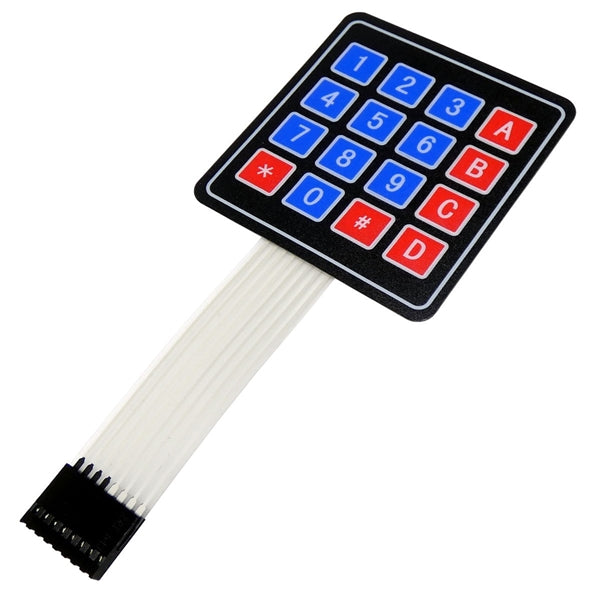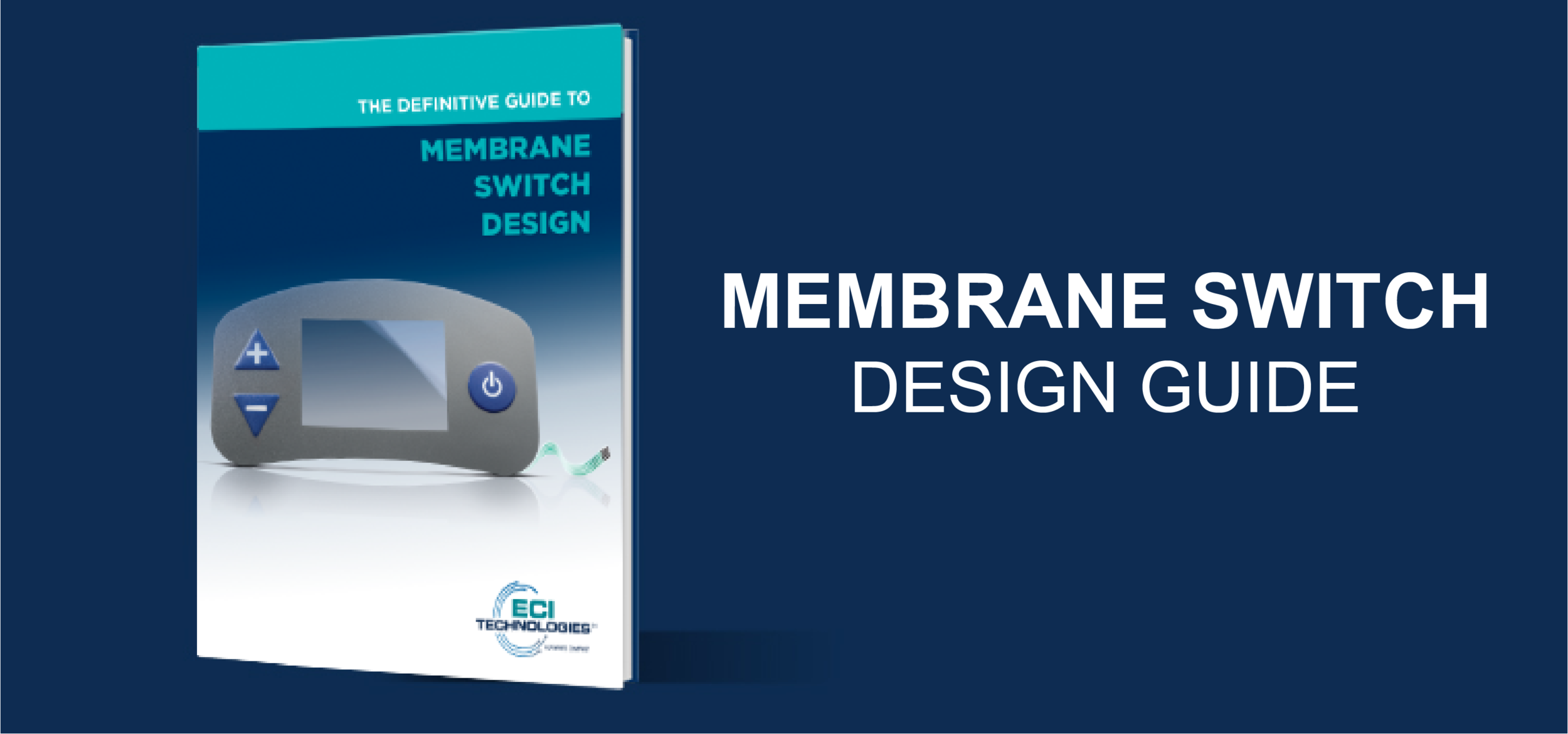Discover How Membrane Switches Feature and Their Duty in Modern Electronics
Membrane Switches represent an innovative integration of innovation and design within the world of contemporary electronic devices, offering as necessary interfaces in countless gadgets. Included multiple layers, these switches make use of pressure-sensitive systems to promote individual communication. Their applications cover different markets, from consumer electronics to clinical tools, highlighting their convenience and significance. Comprehending the complexities of Membrane button capability and their more comprehensive implications in improving user experience invites additional expedition into their design, advantages, and the cutting-edge growths forming their future in innovation.
What Are Membrane Switches?

Membrane buttons are identified by their toughness and resistance to environmental elements, such as dust, wetness, and severe temperature levels. They can be customized with various graphics, shades, and responsive feedback alternatives, boosting individual experience while keeping aesthetic allure - membrane switches. Moreover, the unification of published circuits enables seamless assimilation right into gadgets, improving general performance.
The flexibility of Membrane buttons appears in their capability to sustain both complicated and simple control functions. They can incorporate features such as LED signs and touch-sensitive modern technology, accommodating particular customer needs. As technology remains to evolve, Membrane Switches remain important for enabling efficient and instinctive interface, thereby playing a critical duty in the improvement of modern-day electronic gadgets.
Components of Membrane Buttons
Membrane buttons are made up of numerous crucial parts that function together to develop a practical and trustworthy interface. The main aspects consist of the graphic overlay, adhesive layer, spacer layer, and conductive traces.
The visuals overlay offers as the interface, typically printed on an adaptable substratum such as polyester or polycarbonate. This layer not just gives visual charm however additionally consists of tactile comments, aesthetic cues, and safety attributes. Below the graphic overlay exists the adhesive layer, which protects the button to the device and makes sure sturdiness versus environmental stress and anxieties.
The spacer layer is crucial for maintaining the necessary gap between the graphic overlay and the circuit layer. This gap enables the activation of the button when stress is applied. The conductive traces, generally made from silver or carbon, develop the electrical pathways that finish the circuit when the switch is involved.
In addition, a backing layer may be included for architectural assistance and insulation. These elements work together flawlessly, guaranteeing that Membrane switches are both durable and user-friendly, making them important in different modern-day electronic applications.
How Membrane Switches Work
How do Membrane Switches function successfully within digital gadgets? Membrane Switches run on the principles of pressure-sensitive modern technology, using a split construction that includes visuals overlays, glue layers, and conductive aspects.
The design of Membrane switches is vital for their efficient operation (membrane switches). The layers are diligently engineered to provide responsive responses, longevity, and resistance to ecological elements such as dampness and dirt. The addition of domes-- little, increased locations within the switch-- boosts tactile feedback, supplying individuals with a recognizable advice click sensation upon activation
Furthermore, Membrane switches can be customized in terms of dimension, shape, and graphics, making them appropriate for various applications. They are usually utilized in control panels, medical gadgets, and consumer electronics because of their smooth style and dependability. Generally, the efficient functioning of Membrane buttons is crucial in improving individual interaction and making certain smooth operation in modern digital devices.

Applications in Modern Devices
Utilizing their unique layout and capability, Membrane switches have actually become indispensable parts in a wide range of modern-day digital gadgets. These functional interfaces are employed in consumer electronic devices, commercial devices, medical gadgets, and automotive controls, offering seamless individual communication.
In consumer electronics, Membrane buttons are generally discovered in appliances like microwaves, washing machines, and various other home devices, where they enable user-friendly control with a sleek profile. Their inconspicuous style promotes integration into portable tools, enhancing visual allure without compromising functionality.
In industrial applications, Membrane Switches work as control board for machinery, offering resilience and resistance to rough settings. Their capability to stand up to wetness and impurities makes them my review here ideal for usage in manufacturing and handling sectors.
Medical tools additionally take advantage of Membrane switches, which are designed to be very easy to tidy and keep, guaranteeing hygiene in scientific settings. They are typically utilized in diagnostic devices, person monitoring systems, and mobile clinical devices, where dependability is critical.
Advantages of Membrane Switches
Among the essential benefits of Membrane switches is their convenience, which enables them to be customized for a range of applications across multiple sectors. These switches can be designed in various shapes and sizes, suiting distinct item needs while providing seamless integration into tools. Their slim account enables a compact and smooth design, often boosting the aesthetic charm of electronic items.
Another substantial benefit is their sturdiness - membrane switches. Membrane switches are generally immune to dust, moisture, and chemicals, making them optimal for severe environments. This resilience extends their lifespan contrasted to standard mechanical buttons, lowering the requirement for constant substitutes
Additionally, Membrane Switches offer cost-effectiveness. The manufacturing process includes printing technologies that lessen manufacturing expenses, especially for big runs. This affordability, integrated with reduced maintenance needs, makes them an appealing alternative for our website suppliers.

Conclusion
In final thought, Membrane Switches represent a substantial innovation in user interface technology within contemporary electronic devices. As the demand for resistant and intuitive user interfaces proceeds to expand, the function of Membrane buttons in shaping user experience will undoubtedly expand.
Membrane Switches represent an innovative assimilation of technology and style within the realm of modern-day electronic devices, offering as vital interfaces in various devices.In the realm of modern electronics, Membrane Switches serve as essential components that promote individual communication with devices. As technology proceeds to evolve, Membrane Switches remain vital for allowing instinctive and effective customer interfaces, thus playing a crucial duty in the development of modern electronic gadgets.
How do Membrane Switches feature efficiently within digital tools? In general, the effective performance of Membrane buttons is essential in boosting individual communication and ensuring seamless procedure in modern-day digital gadgets.